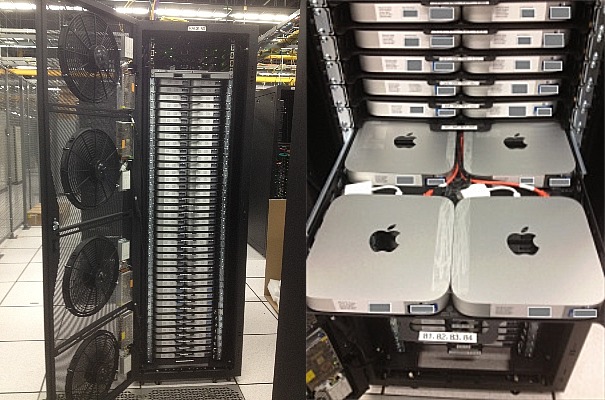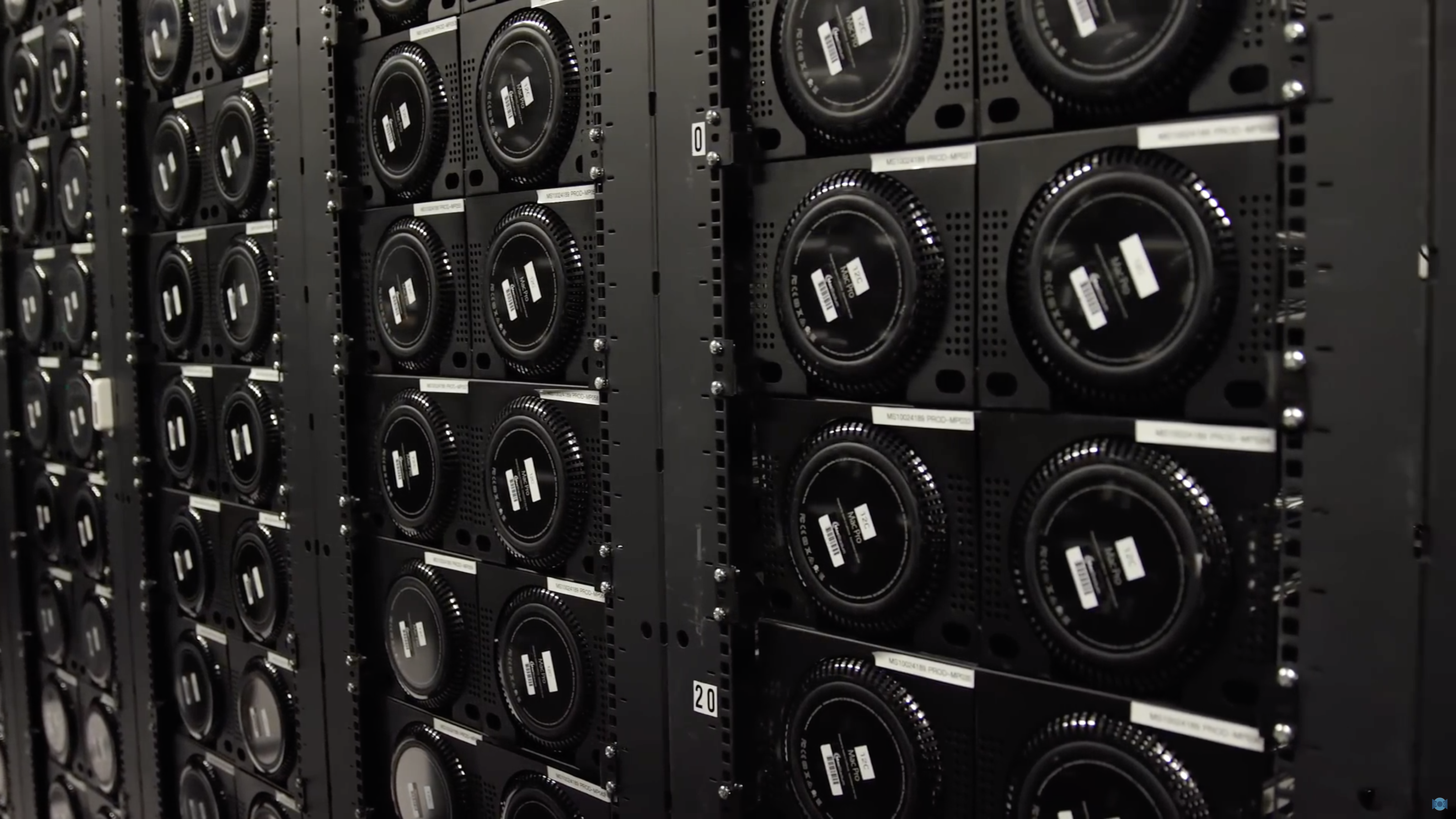

Once connected to SQL Edge, you can create databases, run T-SQL queries, etc ( T-SQL is SQL Server’s extension to SQL).
Apple server mac#
Microsoft states that Azure Data Studio “currently does not support the ARM architecture” but I had no problem with installing it on my M1 Mac (i.e.
Apple server how to#
Here’s how to install Azure Data Studio on a Mac. Here’s a screenshot of connecting to Azure SQL Edge via Azure Data Studio: You can now connect to your Azure SQL Edge installation by using the details provided when launching the Docker image. With the container up and running, we can now go ahead and connect to SQL Edge. Replace sqledge with the name of your container.

If, for some reason your container isn’t up and running, try the following command: docker start sqledge This shows me that the container is in fact, up and running. We can use the following command to check whether the container is up and running: docker ps You can run the Premium Edition by adding -e 'MSSQL_PID=Premium'. You can also change the value of the -name parameter if you wish.īy default, the container is run with the Developer Edition.
Apple server password#
Once the download is completed, run the following command to launch an instance of the Docker image you just downloaded: sudo docker run -cap-add SYS_PTRACE -e 'ACCEPT_EULA=1' -e 'MSSQL_SA_PASSWORD=bigStrongPwd' -p 1433:1433 -name sqledge -d /azure-sql-edgeīe sure to change bigStrongPwd to a strong password of your choice. You can alternatively check the container options on the Docker website if you prefer. That pulls/downloads the container image to your local machine. Open a Terminal window and run the following command: docker pull /azure-sql-edge As mentioned, this uses the SQL Server Database Engine, and we can therefore use it to run T-SQL queries, etc, as if we were querying SQL Server. Now that Docker is installed, we can go ahead and install Azure SQL Edge. Go ahead and provide your password, as Docker needs this to run. When you open Docker, you might be prompted for your password.

Apple server code#
It’s built on the latest versions of the SQL Server Database Engine, so you can use T-SQL code just like you would when using SQL Server. Therefore, we can use that image instead of the SQL Server image.Īzure SQL Edge is an optimized relational database engine geared for IoT and IoT Edge deployments. The container image for Azure SQL Edge can be installed on the M1 Mac. The problem is, at the time of writing, SQL Server isn’t supported on the ARM architecture.

This can cause a problem when trying to install SQL Server. Since then, Apple has released its M1 chip, which uses ARM architecture. I previously explained how to install SQL Server on a Mac using the SQL Server for Linux Docker image.


 0 kommentar(er)
0 kommentar(er)
